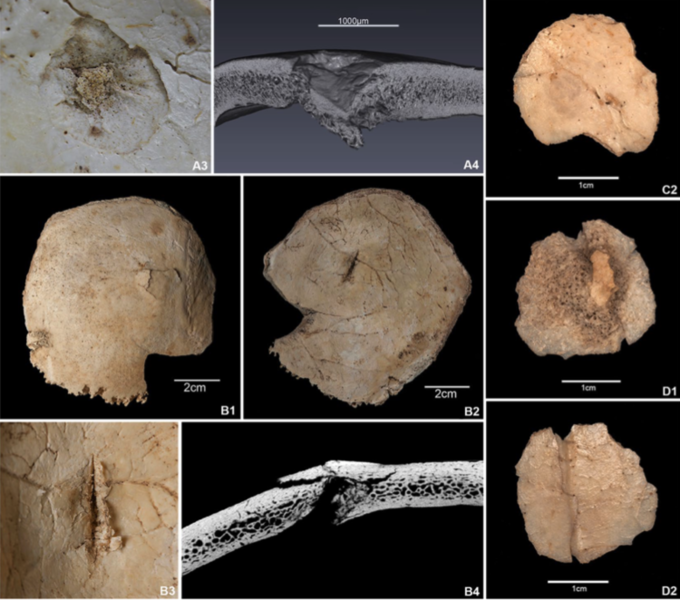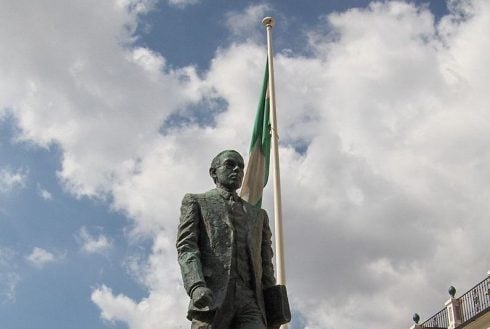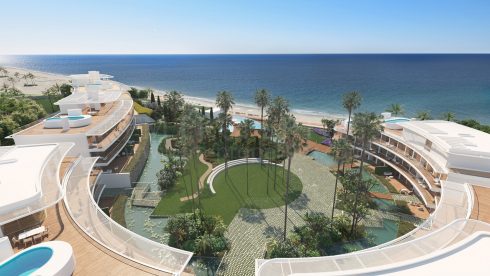ARCHAEOLOGISTS have made the gruesome discovery of a 7,300-year-old massacre in the Spanish Pyrenees.
Diggers have painstakingly excavated the ancient remains of five adults and four children aged between three and seven who all appear to have been brutally murdered.
The find was made in the El Trocs cave in the midst of the serene beauty of the mountain landscape in the region of Huesca.

The cave sits above a plateau that would have been perfect hunting and farming land.
The skeletal remains were analysed by an international team of researchers which has dated them to 5,300 BC, a time when hunter-gatherers were being supplanted by farmers.
This could be a clue as to the cause of the brutal killings, although no one will ever know for sure.
Speaking in Nature’s Scientific Reports, the team said: “The violent events in Els Trocs are without parallel either in Spain or in the rest of Europe at that time.
“The adults display consistent arrow-shot injuries to the skull but not to the perpendicular skeleton.
“The children and adults furthermore show traces of similar blunt violence to the skull and entire skeleton.”
In other words, the broken and shattered bones reveal that the victims were shot then bludgeoned to death.

The study of the genome of the victims of the massacre indicates that two of them (a male of about 30 years old and a boy of about six years old) are father and son.
The other three children have different mothers, whose genomes have not been detected in the rest of the bones.
For Jose Ignacio Royo (he and Hector Arcusa are the Aragonese specialists participating in the research), the reconstruction of the facts allows for several hypotheses.
“We don’t dare say that it was a ritual killing,” he said, “It seems that they were wounded with arrows in the vicinity of the cave, and that they were later taken into it, where the victims were subjected to vicious beatings, even after death.”
The violence of these attacks leads Manuel Rojo to call them a ‘second execution… a murderous frenzy.’
He added: “It is as if, in addition to taking their lives, they wanted to eliminate even their memory.”
The report speculates that the massacre could have been caused by territorial disputes or the theft of cattle or women, disputes that escalated until they led to the slaughter of the victims.
According to genetic data obtained, the victims are part of the first wave of Neolithic immigrants from the Middle East, who spread throughout Europe 10,000 years ago.
The report said: “Els Trocs probably documents an early escalation of inter-group violence between people of conceivably different origins and worldviews, between natives and migrants or between economic or social rivals.
“The conflict conveys the impression of a xenophobic action; the type of aggression suggests a clash between enemy groups.”
Click here to read more Spain News from The Olive Press.








